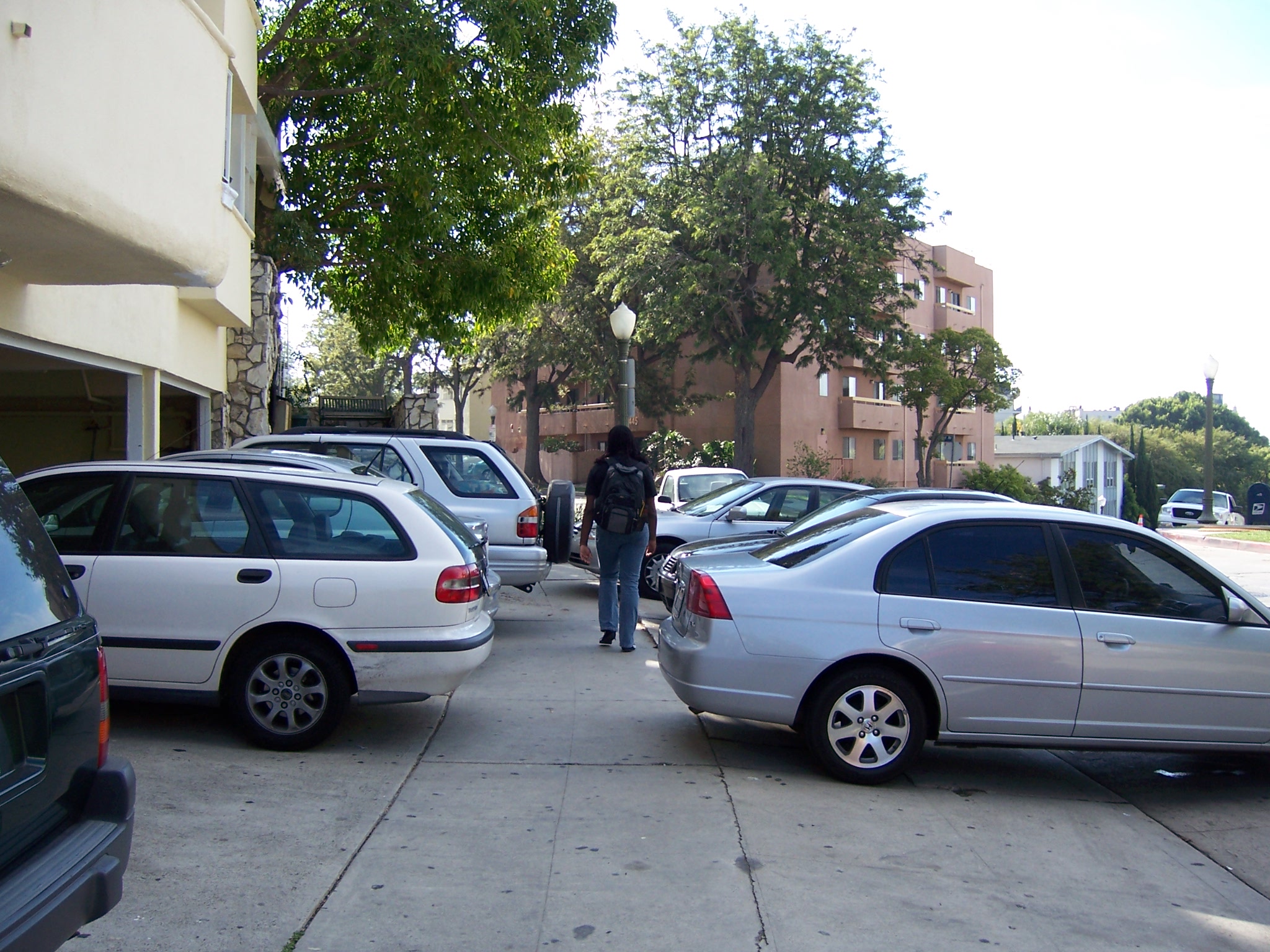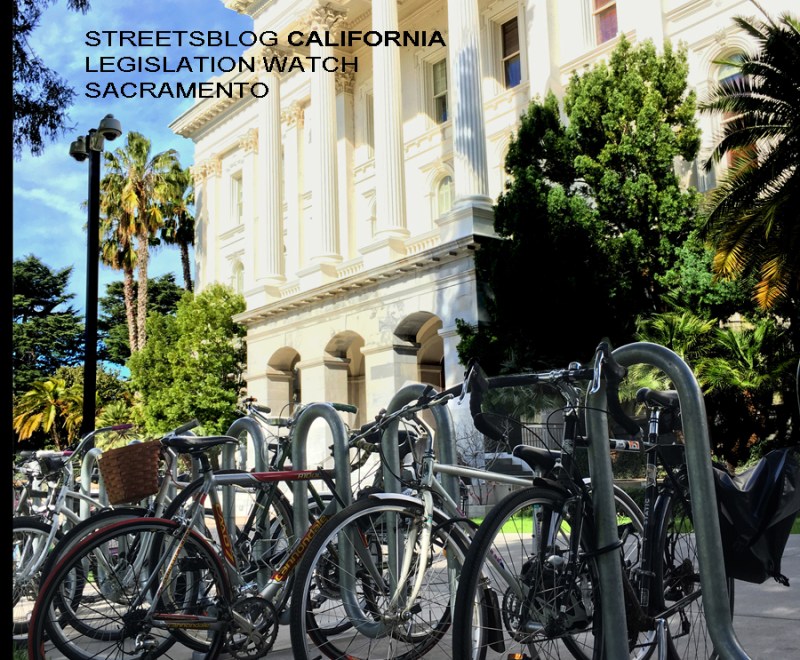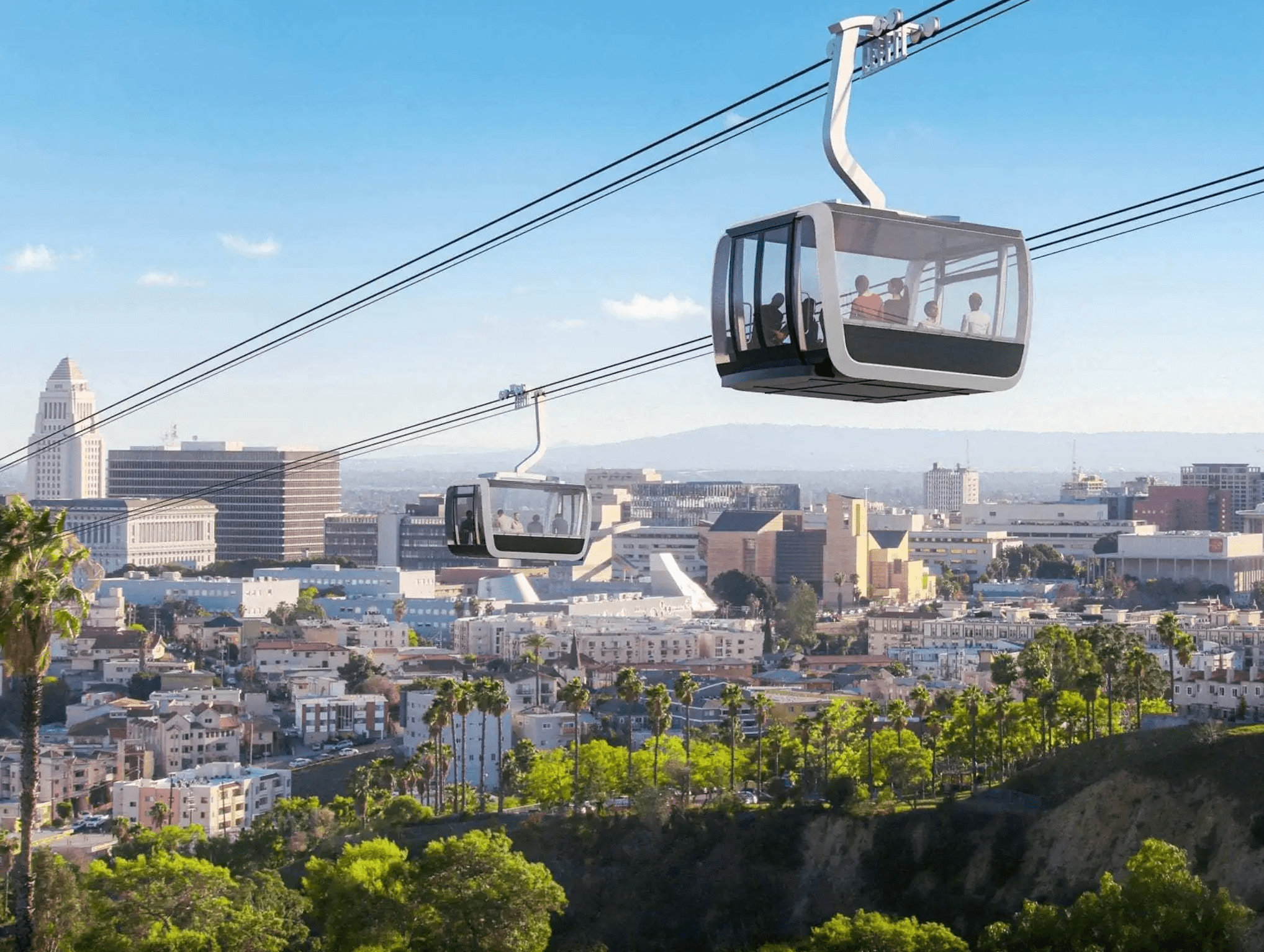Buried in yesterday's Executive Order from Governor Newsom setting a goal fifteen years from now for California to stop selling gas- and diesel-powered vehicles was a small paragraph that hinted at one of the most important ways California will be able to reduce emissions.
That is, by encouraging people to walk, bike, and take transit instead of driving.
Replacing every vehicle on the road with an electric vehicle, while definitely part of the picture, is not enough - and even that is not the subject of yesterday's order. Governor Newsom was quick to reassure people that it "does not mean you will have to get rid of your car. It does not mean there will be no used-car market."
Most of the executive order focuses on accelerating the adoption of clean energy and zero emission vehicles - all vehicles, eventually, including heavy-duty trucks and off-road equipment. But even the California Air Resources Board, which has been given the job of coming up with how to make this happen, understands that electric cars are not enough, and that reducing driving must happen if emissions are going to go down.
That one paragraph acknowledges what it will take, but it does so weakly and in vague language. It directs the three agencies that oversee transportation in California - the CalSTA, Caltrans, and the California Transportation Commission - to "identify near term actions, and investment strategies, to improve clean transportation, sustainable freight and transit options, while continuing a 'fix-it-first' approach to our transportation system, including where feasible.... supporting bicycle, pedestrian, and micro-mobility options, particularly in low-income and disadvantaged communities in the state, by incorporating safe and accessible infrastructure into projects where appropriate."
First, these agencies are already moving in this direction. For example, after several failed legislative attempts to demand the department incorporate "Complete Streets," Caltrans responded by trying to be more transparent about where and how it spends money on bicycle and pedestrian infrastructure, and by saying that it will "incorporate safe and accessible infrastructure into projects where feasible."
"Where appropriate"; "where feasible": These are mealy-mouthed words that leave too much wiggle room for getting out of actually doing the work.
Also, the executive order only directs these agencies to identify actions and strategies within the next year. But action needs to have been taken already. As has been pointed out repeatedly, the effects of climate change are already here, and these changes in travel need to be happening today, not after pondering for a year, and certainly not after fifteen years.
A cautionary lesson can be take from what has happened with A.B. 617 - a bill that was signed in 2017 to get state and regional air quality regulators to take local air quality more seriously, but which so far has resulted in a lot of "study" and little action. Worse, at the most recent Air Resources Board meeting, at which emission reduction plans for several of the regions selected for the early A.B. 617 rollout were adopted, it was shocking to learn how little these plans would actually reduce emissions. After years of work coordinating residents and discussing and prioritizing their needs, the plans would reduce emissions by a tiny fraction of what is being produced.
While the media is referring to yesterday's executive order as groundbreaking and bold, it isn't really. Reducing car dependence means reducing the need to use cars, especially for disadvantaged communities and populations. But the executive order was issued simultaneously with continuing efforts by state and local agencies to expand and widen highways, which will encourage more driving. Free on-street parking, which encourages driving and takes up room that could be put to better use as biking and walking infrastructure, is still considered a sacred cow that cannot be done away with. Transit, on the verge of collapse, is still expected to fulfill a multi-pronged mission with minimal investment.
Dave Snyder, executive director of CalBike, writes:
We’ll never solve the climate crisis unless we also address the economic crisis, and we can’t do either without reducing our dependence on cars and trucks. California needs to replace gas-powered cars with electric ones, very quickly, but doing that alone is a recipe for total failure. We need to make it dramatically easier for people to walk, bike, and take transit to reduce greenhouse gases from the transportation sector and still provide affordable mobility, improve health, and create good jobs.
Newsom's executive order is an important first step towards reducing emissions from the transportation sector, where little progress has been made. But, as the California Bicycle Coalition puts it, it is "too vague and weak at a time when bold action is called for."





